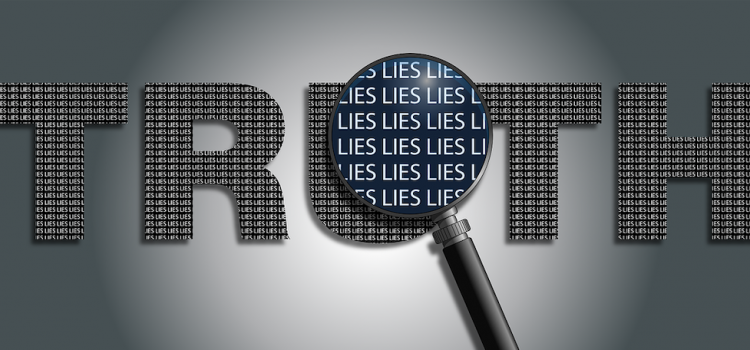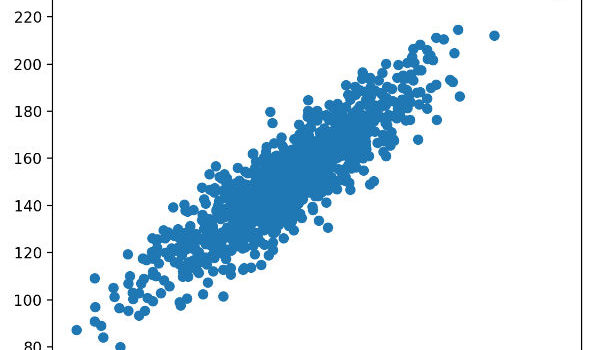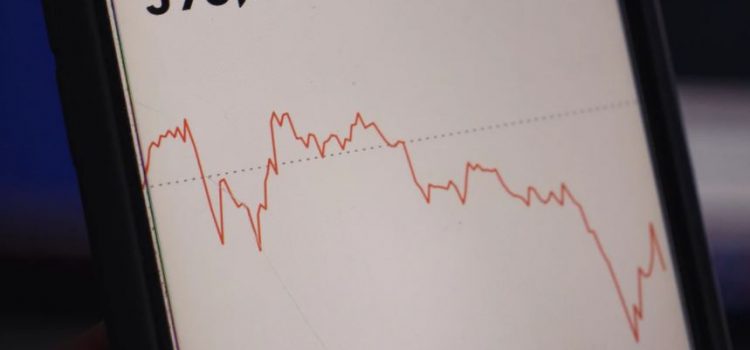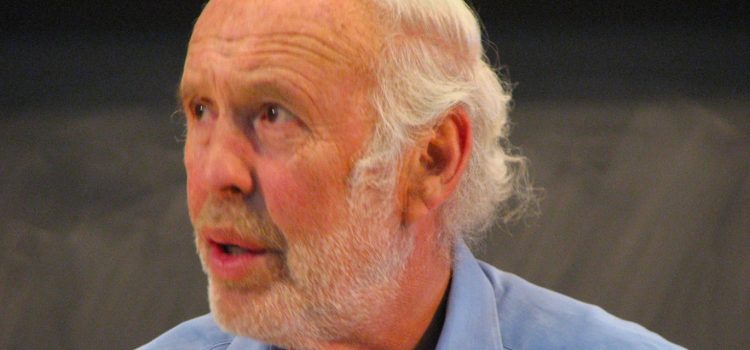Can you distinguish causation from correlation? Do you notice when numbers have been taken out of context? Unfortunately, some people manipulate data to mislead others. In their book Calling Bullshit, Carl T. Bergstrom and Jevin D. West argue that bullshitters make invalid inferences from valid data or visually misrepresent valid data in graphic form. Keep reading to learn how bullshitters purposely misinterpret data to draw unjustified conclusions.
Misinterpreting Data: 6 Ways Bullshitters Try to Fool You










